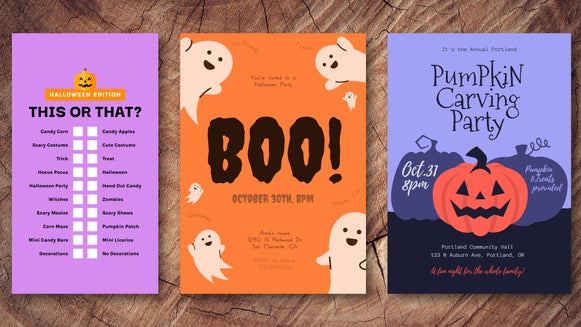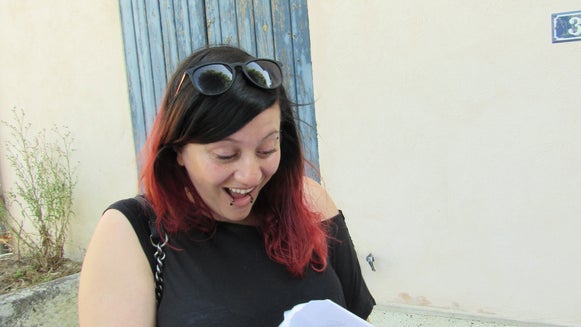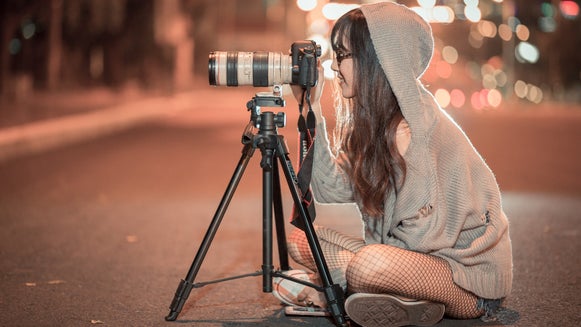Express Yourself! 5 Emotions to Capture Through Body Language
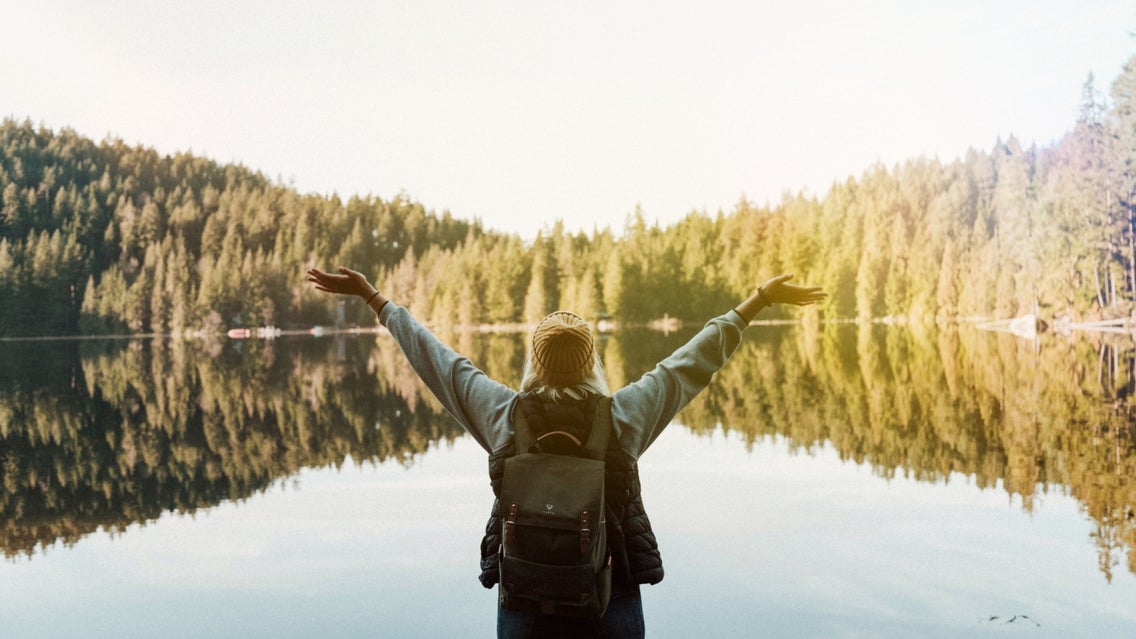
You’ve probably heard the saying “a picture tells a thousand words." There’s no doubt that photography is one of the most effective forms of visual storytelling, yet this success largely lies in the body language of your subjects.
So, what is body language in photography? Body language is a method of communication where physical actions are used to express information, rather than words. Facial expressions, posture, mannerisms, eye movement, touch, and interactions with the surrounding space are all examples of body language.
Body language also plays an important role in the psychology behind photos. In other words, the thoughts and feelings conveyed through your image.
Common Emotions in Photography and How to Express Them
Now that you know just how important body language is, you might be wondering: how can I improve body language in a photo? Keep reading, because we reveal how you can tell captivating stories in your photos using the right body language.
1. Happiness and Joy
When you look at a photo of someone filled with happiness, you might immediately notice their big smile or the way they throw their head back in joy. Visually, photos with happy body language tell positive stories of hope, excitement, and delight. Viewers can’t help but feel these same emotions being represented through the subject’s body language.
Of course, you don’t have to photograph a smiling subject to communicate stories of happiness. You don’t even have to capture your subject’s face at all. Take this photo below, for example, which features a subject with their arms raised in the air. Even though we can’t see their facial expressions, their body language shows us their elation at the beautiful scene in front of them. It communicates the excitement of traveling, as well as the pure joy found in this freedom.
You can make your photo convey even more happiness during the post-processing stage by adding a sun-drenched or colorful Photo Effect in BeFunky’s Photo Editor. In this example, we’ve added Summer 2 to turn up the joy factor.
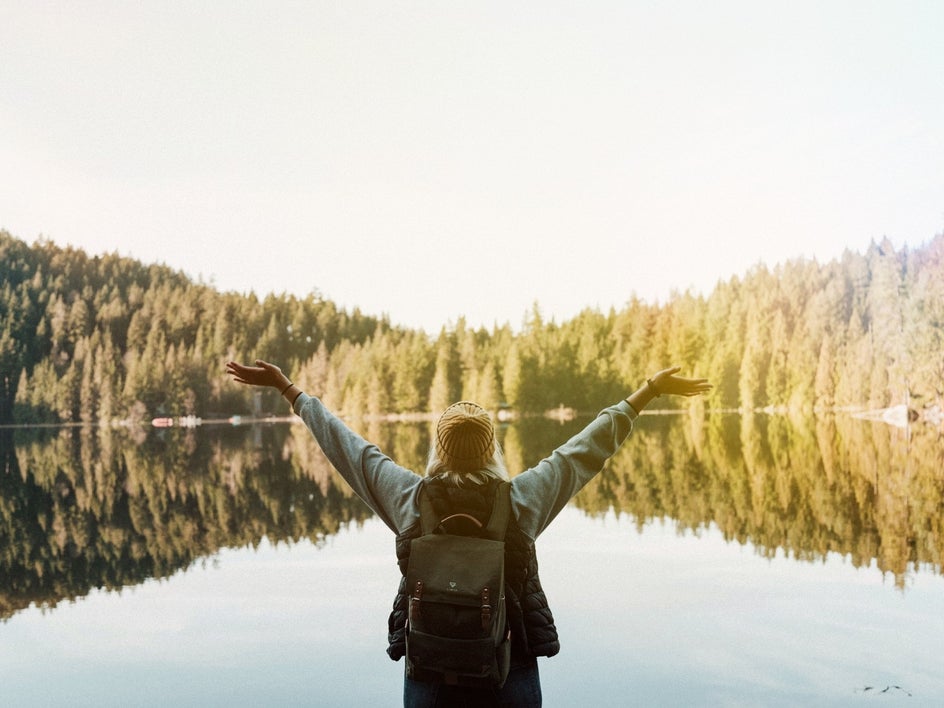
2. Sadness or Loss
A photo that tells a story of sadness or loss might provide a close-up shot of the subject crying or simply with a furrowed brow and frown. Alternatively, it might feature the subject from afar as they sit with their head in their hands, hiding their facial expressions.
If you’ve ever wondered “why do people look down in their pictures?” then the most likely answer is because the subject is trying to convey their downcast mood. In terms of body language, we often tend to look downwards or hang our heads when we feel sad, disappointed, or lonely.
Take this photo, for example, which successfully tells a story of sadness, loss, and heartbreak, even though the subject isn’t crying. The way she rests her head on her arm while looking down and away from the camera suggests her sadness. The clever positioning of the photo also reveals that she sits alone, hinting further at her loneliness and heartache.
To further convey sadness or loss through your photos, you can also strip the photo of any color by adding a black and white photo effect. In this example, we added B&W Tones 1.
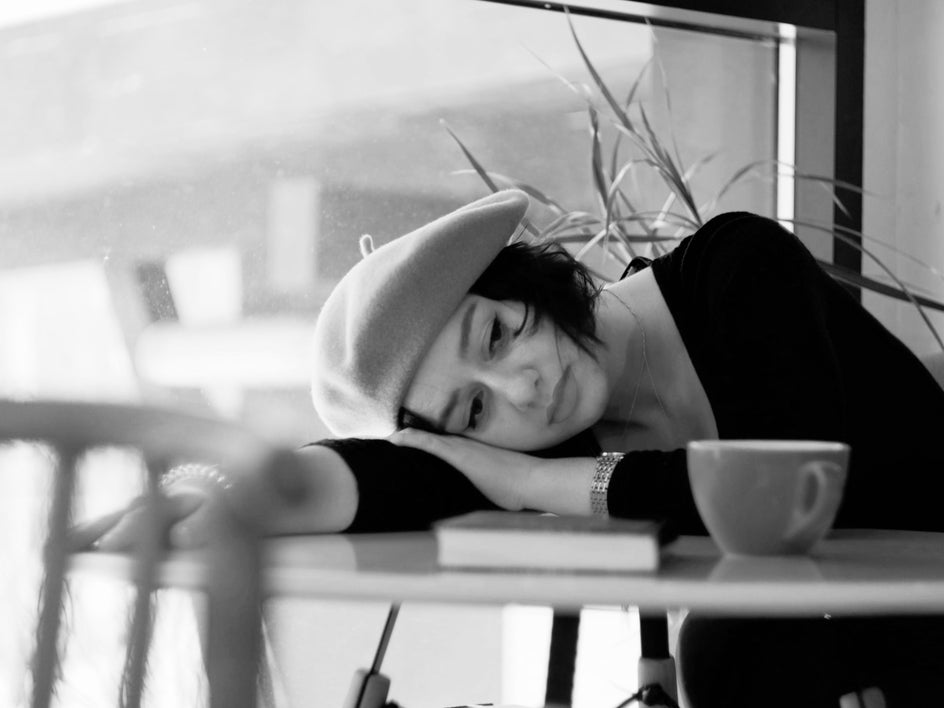
3. Introspection and Contemplation
When a subject is photographed during moments of introspection or contemplation, they’re often looking off into the distance. They may even use body language such as placing a hand or finger delicately on their mouth or chin, just like in this example below.
In order to show that the subject is looking inward in reflection, it’s also clever to use mirrors or windows in these photos. Both can really enhance this theme and successfully convey the mood of the subject.
The subject can also be photographed surrounded by people, yet a Vignette or Funky Focus effect can be applied to draw the viewer’s attention to that individual. Alternatively, the subject can be photographed alone to highlight that they are currently lost in their own thoughts.
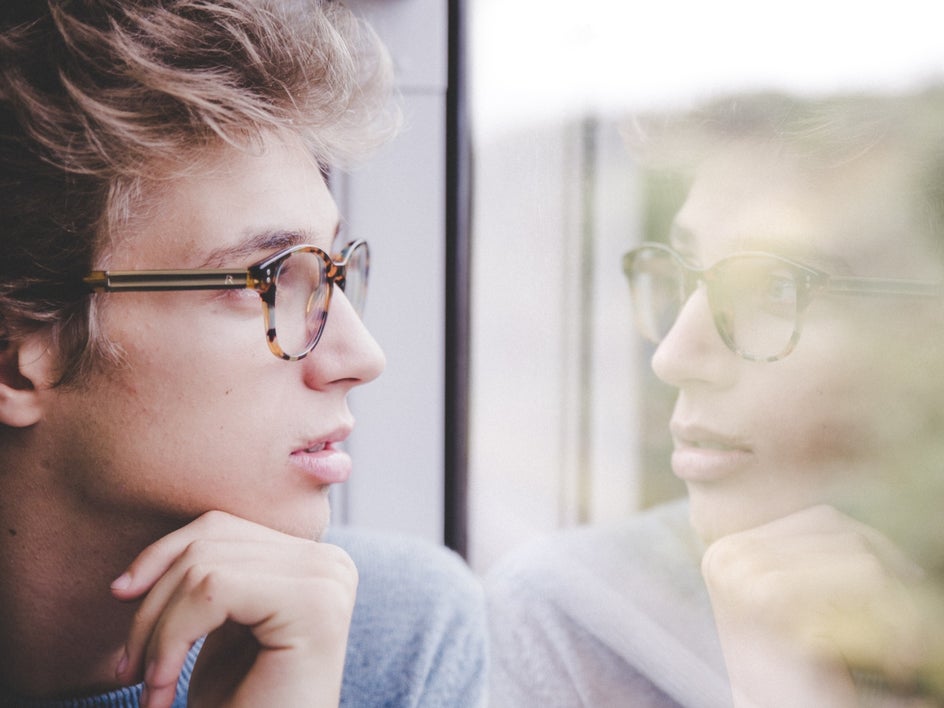
4. Love and Romance
We often see themes of love or romance conveyed through photography, and for plenty of good reasons too. Humans are particularly drawn to this positive emotion and enjoy the storytelling nature of these photos.
Conveying love and romance through photography is also very easy to do, especially when it comes to body language. Kissing, embracing, and handholding are just three popular actions which signify these emotions. More subtle body language such as smiling, laughing, facing one another, and making eye contact also portray love and romance among subjects (just like in this photo below).
To increase the romance factor in your photo, you can add a soft pink or red filter, or even some twinkling Bokeh.
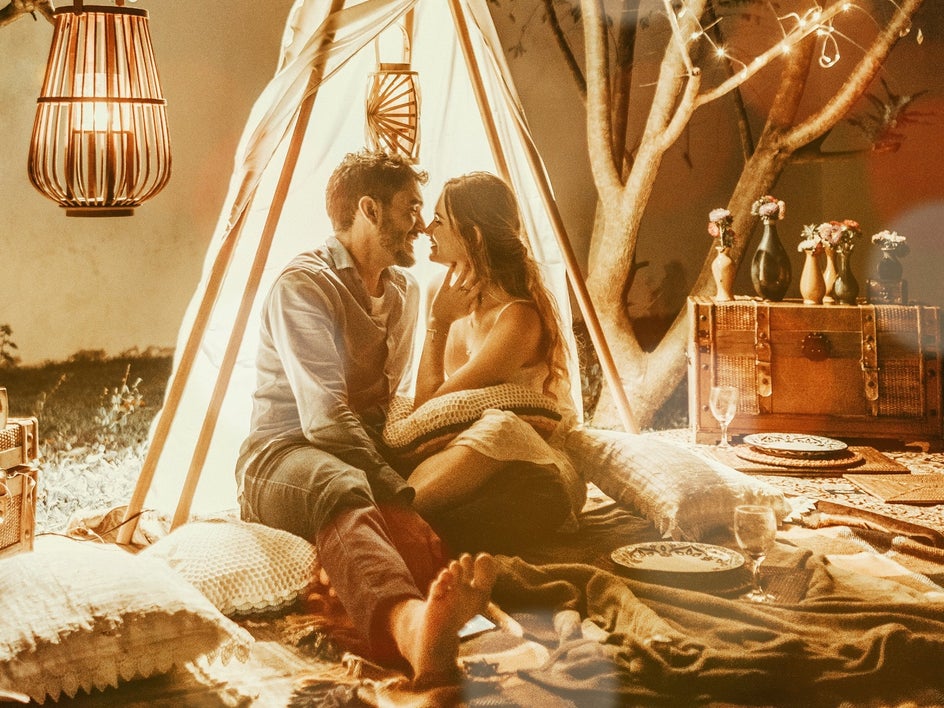
5. Awe and Wonder
Awe and wonder are two themes which are commonly portrayed through travel photography. You’ve probably seen a photo of a tourist in an exotic location, glancing around with their mouth agape. Perhaps they were looking upwards with a huge smile on their face to convey their fascination with their surroundings. The photo below is an example of this body language.
Capturing awe and wonder in your photos is similar to the body language conveyed in images communicating happiness and joy, yet involves less movement. Instead of a subject throwing their arms into the air or fist-pumping with elated joy, a subject conveying awe might instead softly place their hand on an object within the frame, for example.
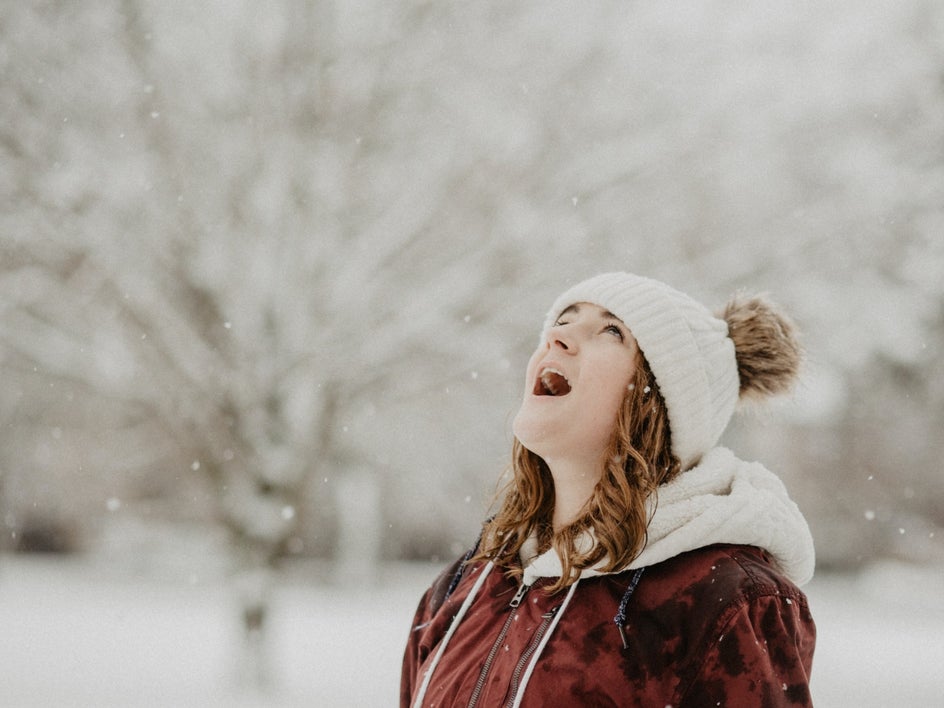
Use Body Language to Tell Captivating Stories
Now that you know how to improve body language in a photo and convey certain emotions or stories, there’s no limit to what you can achieve! What themes will you explore in your photography next?
Remember, you can also add to this storytelling during the post-processing phase. BeFunky’s Photo Editor is filled with all the tools and features you need to make your imagery shine.
Try the Photo Editor today to see just how helpful it is!










